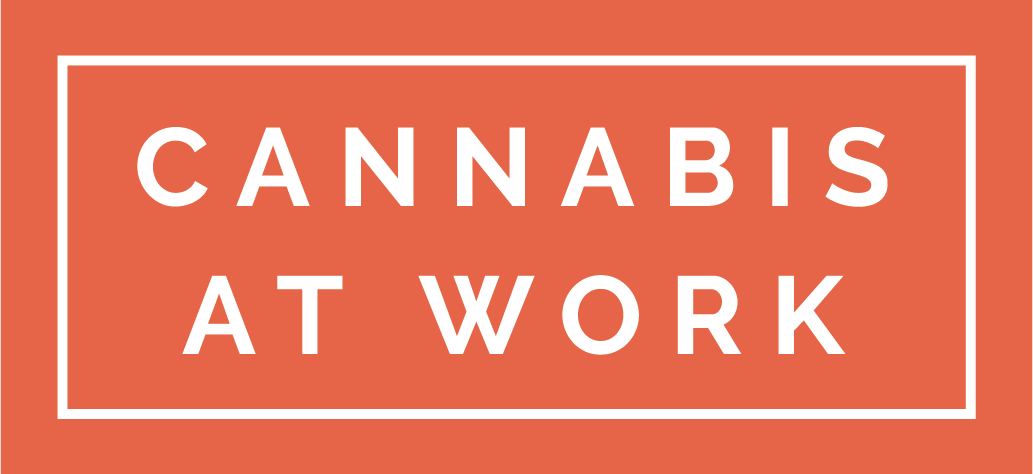The Society of Human Resource Management describes a compensation philosophy as “a formal statement documenting the company's position about employee compensation.” They go on to say “it explains the ‘why’ behind employee pay and creates a framework for consistency. Employers use their compensation philosophy to attract, retain and motivate employees.”
Cannabis companies need to closely manage their people costs and compensation structures today as they face industry-specific financial constraints. They are also dealing with broader market forces, including high inflation and low unemployment. Cannabis companies walk a fine line between hiring and retaining good talent, and managing cash flow in a turbulent economy.
The core of a compensation philosophy is about establishing a strategy for competitive pay. A company picks one of three strategies: on market, lagging market, or leading market.
This would be set relative to your “comparator market”—companies that you draw talent from or lose talent to. For example, cannabis companies have a comparator market of the cannabis sector, and they may choose to also benchmark against other relevant industries like CPG manufactured goods if they compete for talent.
Here are further definitions of each strategy:
Lag the market: You pay under the 50th percentile (usually closer to the 25th percentile), meaning that 75% of your comparators pay more than you and 25% pay less.
On market: You pay at the 50th percentile of the market, meaning that half of your comparators pay more than you and half pay less.
Lead the market: You pay over the 50th percentile (usually closer to the 75th percentile), meaning that 25% of your comparators pay more than you and 75% pay less.
If you choose to “lead the market,” your company would be a very competitive payer and use this strategy to combat a low supply of talent. The idea is that the talent in the market will be drawn to you due to your highly competitive wages. We see this often in the tech sector, where there has been an ongoing war for talent for years, as well as other high-growth sectors.
However, most cannabis companies don't have this luxury because they’re financially constrained.
Another option is to choose to “lag the market,” although this is often a strategy reserved for non-profits in which individuals are willing to work for lower wages in exchange for employment with a company that is making a positive impact in the world. This can be a dangerous position as it makes it difficult to recruit top talent. It isn’t a recommended approach for commercially driven companies.
Being “on market'' is a prudent but still competitive position. Your pay will be competitive with your peers, and your employees will be less likely to jump ship due to pay compared to a lagging position. It’s a healthy place for your compensation structure to be because it continues to be manageable to adjust to the market as opposed to having to play hard catch-up from a lag position, or clawback wages and do layoffs due to a leading strategy.
Salary surveys are one of the most common sources of aggregate salary data that can be used to analyze pay competitiveness and make decisions about compensation.
The Cannabis Industry Salary Survey is one important tool in your toolbox. The survey benchmarks 80 cannabis jobs in the Canadian cannabis sector and provides compensation data that can be used for internal decision-making. The only way to receive the data is to participate, and participation is free. To sign up or learn more, contact us.

